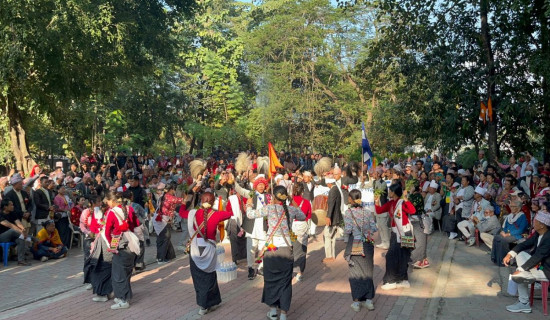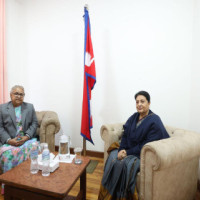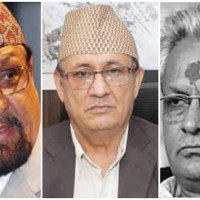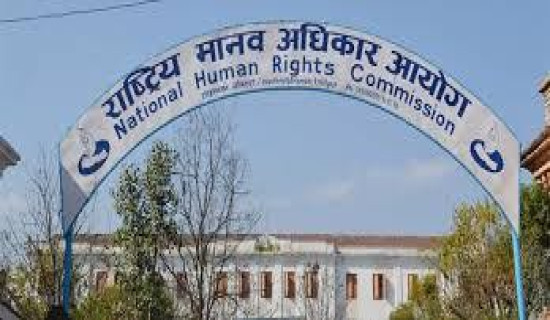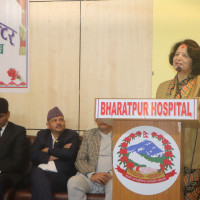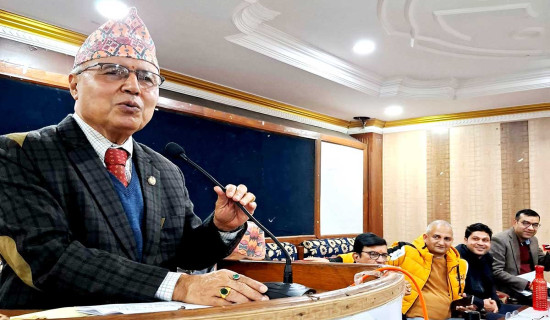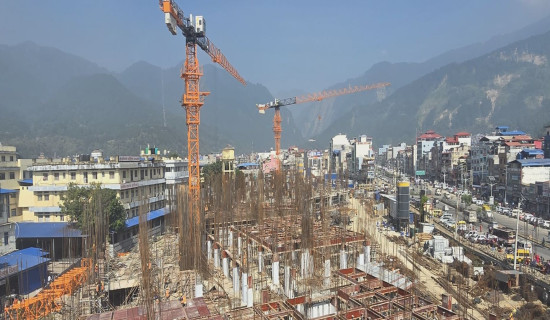- Monday, 8 December 2025
Can Gen Z Revolt Bring Seismic Shifts?
The two-day protest of Gen Z youths has ushered in a Gen Z revolution, an unprecedented phenomenon unmatched with the nation’s past political upheavals. The digital-driven revolution, spearheaded by the young Nepalis, demonstrated that Nepal was still hungry for another revolution. Unorganised and apolitical, it was a spontaneous rage against a status quo imposed by the new political class that reached the power corridors through similar political movements. Their movement began with two simple demands – a lift on a ban on social networking sites and action against those involved in corruption – but it morphed into a Tsunami – resignation of the prime minister KP Sharma Oli-led coalition government, formation of an interim government and dissolution of the House of Representatives. This chain of events happened in quick succession after 19 people, mostly school- and college-going students, were massacred on the first day (September 8) of the otherwise peaceful protest.
The second day protest turned deadly as a result of the killing of such a large number of innocent youths. The acts of vandalism, arson and looting terrorised the capital city across the country. The fury spilled over the houses of leaders, the state’s iconic buildings and business complexes, reducing them to ashes. This appeared as if a group of Cromwell soldiers were marching through the city crouched in panic. Obviously, there was an infiltration of saboteurs dead-set to slander and hijack the Gen Z revolution, which can be the final warning to the established political parties to reform themselves and pay heed to what is written on the wall. Gen Zeers have announced that they had no hand in destroying the key buildings of government, parliament and courts.
Conspiracy theory
Even before the Gen Z rebellion found a peaceful outlet, conspiracy theories swirled fast via social media platforms. The analysts of various sheds, mainly the old-fashioned ones, saw the role of foreign elements in destabilising Nepali society. It has been dubbed as an edition of the colour revolution, which is often West-funded and deep state-executed political venture against the sovereign states. Whether or not Gen Zeers are aware of this allegation, they have the onus to prove such charges wrong. They must come to the scene to save the achievements of their movement, justifying that it is an organic movement aimed at uprooting the political and economic malaise piled up for decades.
Whatever the external and factors behind the Gen Z uprising, they have, in fact, aired the voice of all Nepalis through their anti-corruption crusade. Corruption has hollowed out the vital institutions, with major parties and their leaders linked in one or another graft scandal. What is more astonishing is that the tender hearts took to the streets, demanding action against the aging corrupt political class. This is a mesmerizing event that took place on the back of the Information Revolution that swept the world at the turn of this century.
Barring some destructive activities carried out in the name of Gen Z protest, some of their inspiring acts give hope for the future of Nepal. They have shown deep respect for Prithvi Narayan Shah, the unifier of modern Nepal. The Gen Zeers have reinstalled the statue of Prithvi Narayan Shah at Prithvi Chowk, Pokhara, where his sculpture was unceremoniously removed in the past and the statue of Lakhan Thapa was fixed in place. Honouring Prithvi Narayan Shah and embracing his practical counsel is the first step in building Nepal anew. At Narayan Gopal Chowk in Chakrapath of Kathmandu, the protesting youths had washed the bust of Narayan Gopal, the most popular singer of Nepal, with mineral bottle’s water and wrapped it with a national flag. It was a soothing scene for the beholders. Could such kinds of people run amok and torch the Singha Durbar and the Supreme Court?
The Nepal Army (NA) has once again proved that it is always at the forefront of protecting the nation and people in the midst of an unprecedented crisis. When the Nepal Police and the Armed Police Force had surrendered to the protesters, terror and insecurity gripped the people. With the army taking control of security, the citizens heaved a sigh of relief. The army has become the last frontier of security when other security agencies have collapsed. It not only provided security and instilled confidence in the people, but it also better coordinated between the president and the protesting groups, contributing to a credible outlet to the nerve-wracking post-revolt stalemate.
Message
The Gen Z had launched their movement with the slogan of ‘The Final Revolution – We Are Punching Up’ on September 8. In the two days, the young protesters delivered the knockout punch to the established political parties. The parties are now down but not out. This is the moment of truth for them to do a course correction. Failure to grasp the message of the Gen Z movement will consign them to the dustbin of history. This also provides an opportune time to carry sweeping structural changes in the nation’s politics, economy and governance.
The death toll from the Gen Z movement has hit 51, including young protesters, police personnel and prisoners. Now, newly appointed Prime Minister Sushila Karki faces a humongous challenge of ensuring justice to the youths who sacrificed their lives as well as heal the wounds of their families. There should not be a delay in investigating and punishing those involved in the killing of the protesters and the corrupt politicians. Known for her integrity and bold personality, Karki, also a former Chief Justice, is the right person to lead the interim government and steer the nation.
(The author is Deputy Executive Editor of this daily.)



